Latest News
12 February 2018
Designing and testing medical instruments without expensive prototypes
Complex new medical instruments often do not make it beyond the expensive and time-consuming prototype phase. With this in mind, Ewout Arkenbout developed a new, virtual development method allowing for instruments to be evaluated and adjusted at an earlier stage. On Monday 12 February, Arkenbout will be awarded his PhD at TU Delft for his work on this subject.
07 February 2018
Mathematics explains why Crispr-Cas9 sometimes cuts the wrong DNA
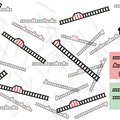
The discovery of the Cas9 protein has been of great value to medical science. It has simplified gene editing tremendously, and may even make it possible to eliminate many hereditary diseases in the near future. Using Cas9, researchers have the ability to cut DNA in a cell to correct mutated genes, or paste new pieces of genetic material into the newly opened spot. Initially, the Crispr-Cas9 system seemed to be extremely accurate. But unfortunately, it is now apparent that Cas9 sometimes also cuts other DNA sequences similar to the exact sequences it was programmed to target. Scientists at Delft University of Technology have developed a mathematical model that explains why Cas9 cuts some DNA sequences while leaving others alone.
05 February 2018
The quest to find the optimal speed skating technique
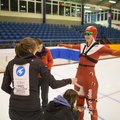
In her search to determine the optimal speed skating technique, doctoral candidate Eline van der Kruk developed a dynamic computer model of a skater and instrumented clap skates. In the future, these will make it possible to offer skaters and coaches real-time visual feedback during training sessions. On Thursday 8 February, the day before the start of the Winter Olympics, Van der Kruk will be awarded her PhD at TU Delft for her work on this subject.
01 February 2018
Clive Brown of Oxford Nanopore at Bioengineering Institute kickoff
On Tuesday 27 March, TU Delft will launch the Delft Bioengineering Institute. Main speaker is Clive Brown, Chief Technology Officer at DNA sequencing specialist Oxford Nanopore Technologies.
01 February 2018
Impact for a better society: TU Delft Strategic Framework 2018-2024
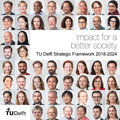
On 12 January, during the 176th Dies Natalis, the new strategic plan for TU Delft was presented, the Strategic Framework 2018-2024.
31 January 2018
Dutch drone first to map pristine national park in half a century
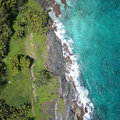
ATMOS UAV, a start-up company from the faculty of Aerospace Engineering, announced on 31 January that their drone Marlyn was used to chart the tropical island of Silhouette in the Seychelles in the Indian Ocean.
30 January 2018
Fiery romance: a risk-model for sky lanterns

This week it’s Valentine’s Day as well as Chinese New Year. A popular week for flying sky lanterns. How safe are they and how do you make a risk-model for them? Michiel Schuurman and Derek Gransden looked into it.
25 January 2018
From spin to light: two Delft scientists separately bring together two worlds
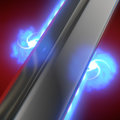
Two groups of scientists from TU Delft in the field of quantum nanotechnology have, independently of one another, found a way to convert spin information to light. The groups are led by professors Kobus Kuipers and Lieven Vandersypen, who both work at the Kavli Institute of Nanoscience. Their research has been published in Science. The discovery by Kuipers can lead to green ICT, for example energy-efficient data processing in data centres. The aim of Vandersypen's research is to allow large numbers of qubits on a chip to work together, bringing the quantum computer one step closer.
24 January 2018
GROW programme kicks off with a novel pile installation method ’Gentle Driving of Piles’

The first GROW project, ‘Gentle Driving of Piles’, received the approval of the Dutch RVO for granting a subsidy of 2.7 million euro. This project consortium is led by TU Delft and together with the GROW partners Boskalis, Deltares, DOT, Eneco, Sif, TNO, ECN, Shell, IHC, SHL and Van Oord, they will develop and test a novel pile installation method for offshore wind turbines.
24 January 2018
TU Delft develops virtual coach for patients with post-traumatic stress disorder
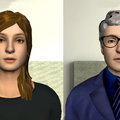
In the future, a virtual coach could make a positive contribution to the therapy of people with post-traumatic stress disorder (PTSD), such as war veterans or people who suffered sexual abuse in their youth. Such a coach could motivate people to persist with therapy and help them to recall traumatic memories as part of exposure therapy. The virtual coach was developed by Myrthe Tielman, who will be awarded her PhD at TU Delft on Thursday, 25 January.
